Oxalis
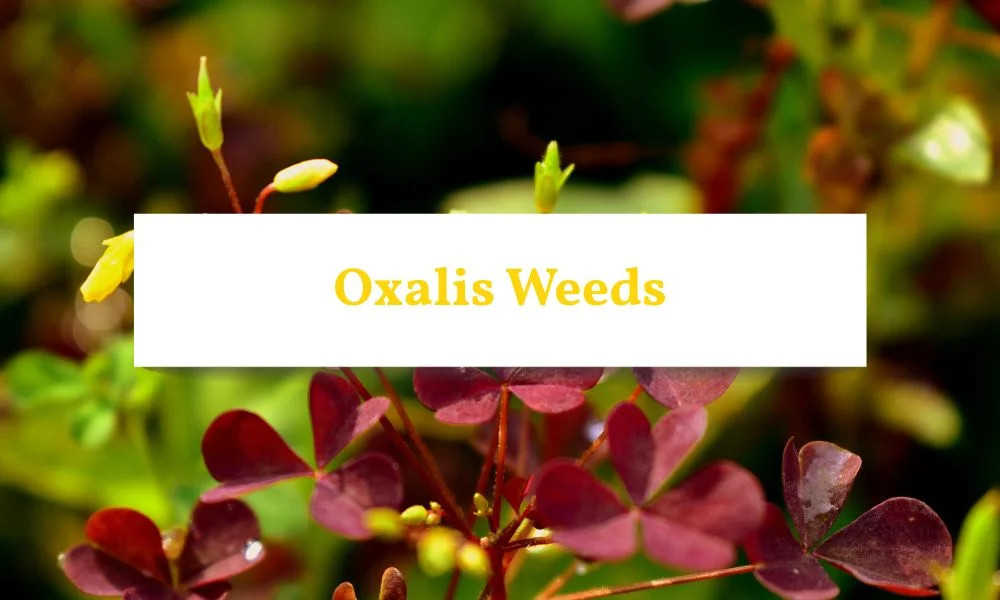
What Is Oxalis Weed?
Oxalis, commonly known as sorrel or sourgrass, is a perennial broadleaf weed that is often mistaken for clover due to its trifoliate, heart-shaped leaves. While it may look harmless, oxalis can spread aggressively through seeds, rhizomes, and stolons, making it a persistent problem in gardens, lawns, and nurseries. Its adaptability to various environments has made it a challenging weed to control.
Characteristics of Oxalis
-
Appearance: Oxalis has clover-like leaves with three heart-shaped leaflets that fold upward at night or when stressed.
-
Flowers: The plant produces small, five-petaled flowers that are typically yellow but can also appear in pink or purple depending on the species.
-
Growth Habit: It grows low to the ground, spreading through creeping stems (stolons) or underground rhizomes.
-
Examples: Common species include yellow woodsorrel (Oxalis stricta), creeping oxalis (Oxalis corniculata), and pink wood-sorrel (Oxalis debilis).
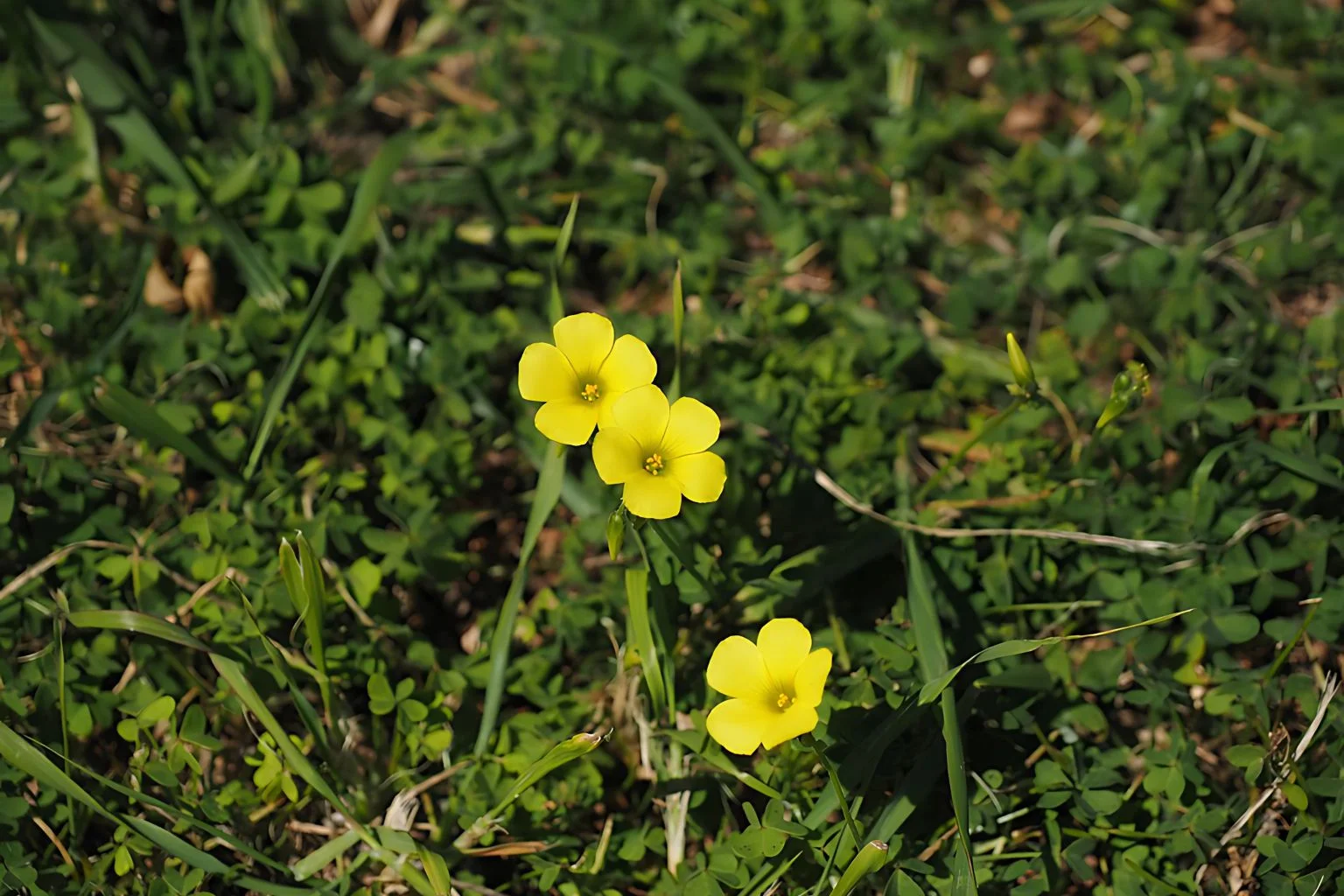
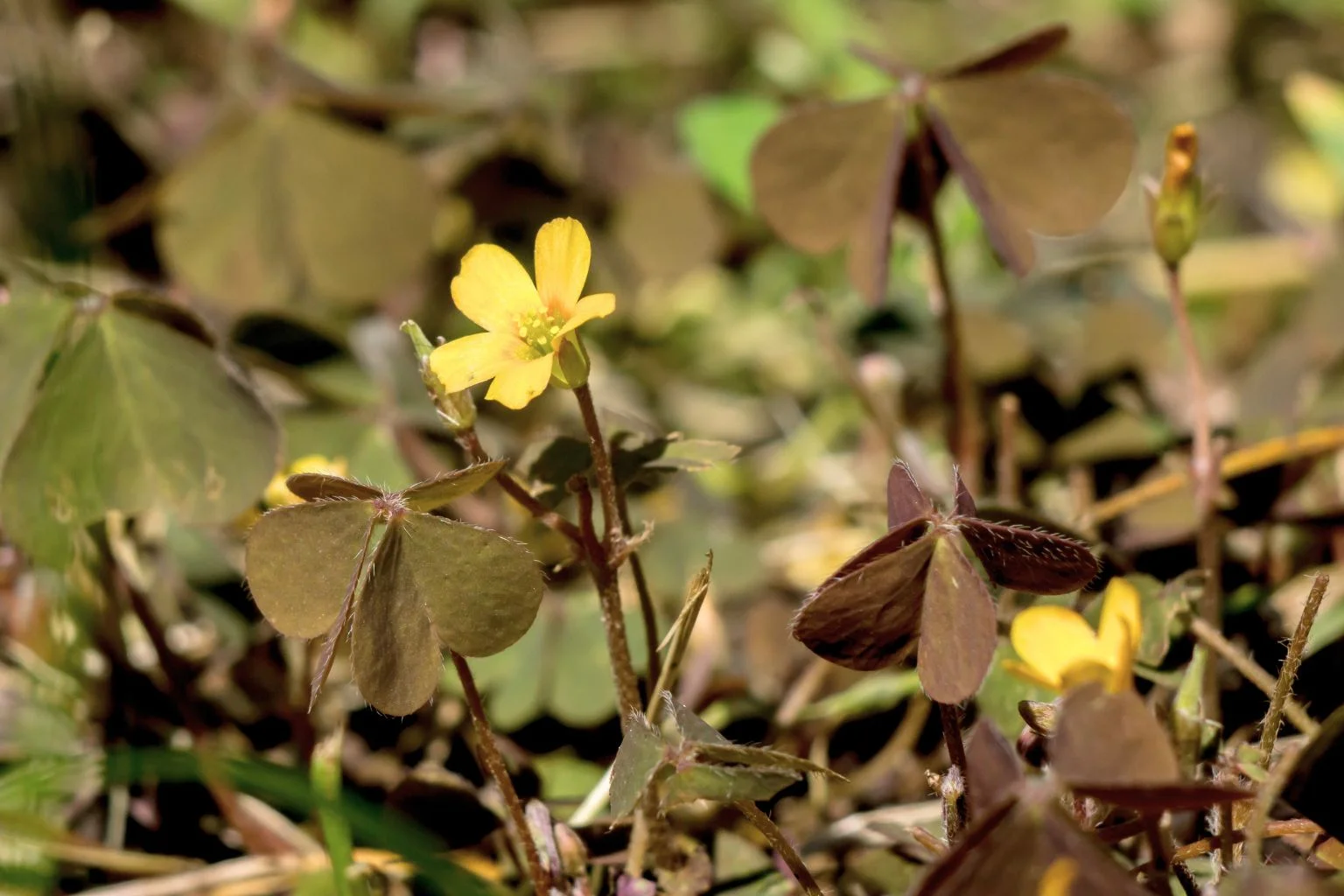
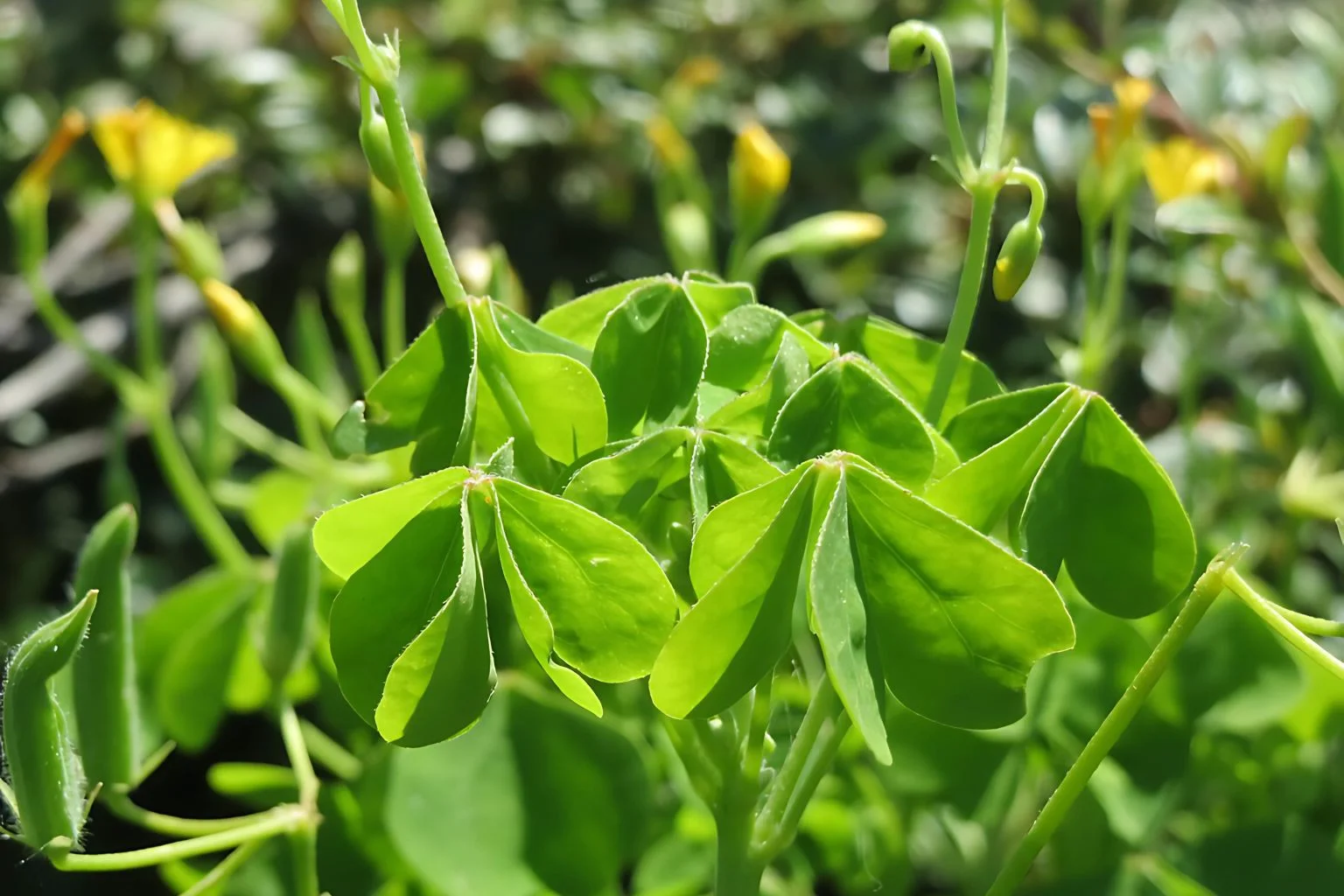
Why Is It A Problem?
Oxalis is problematic because it competes with desirable plants for nutrients, water, and sunlight. Its ability to spread quickly allows it to form dense mats that crowd out other vegetation. Additionally, its seeds can eject several feet from the parent plant, making containment difficult.
Environmental Impact
-
Invasive Nature: Oxalis can outcompete native plants, reducing biodiversity in natural areas.
-
Ecosystem Disruption: Its rapid growth alters habitats and affects the balance of local ecosystems.
Agricultural and Pastoral Impact
-
Crop Competition: In nurseries and fields, oxalis competes with crops for resources and can reduce yields.
-
Aesthetic Damage: In lawns and gardens, oxalis disrupts the uniform appearance of turfgrass and ornamental plants.
How to Identify Oxali Weed
Oxalis is easily identified by its trifoliate leaves that resemble clover but are more heart-shaped. Its yellow flowers bloom throughout the growing season, and its seed pods resemble tiny okra that eject seeds when ripe.
Effective Methods
Oxalis weed control requires a combination of cultural practices, mechanical removal, and chemical treatments using herbicides like Surefire Propyzamide Herbicide. You can choose from the following:
Cultural Practices
-
Healthy Lawn Maintenance: Keep your lawn well-fertilised and mowed at the correct height to discourage or have a successful oxalis weed control.
-
Mulching: Apply mulch in garden beds to suppress weed emergence by blocking sunlight.
Mechanical Control
-
Hand-Pulling: For small infestations, oxalis can be removed by hand. Ensure the entire root system is pulled out to prevent regrowth.
-
Weeding Tools: Use tools for deeper removal of rhizomes and creeping stems.
Chemical Control
-
Selective Herbicides: Products containing triclopyr or dicamba are effective against broadleaf weeds like oxalis without harming grass.
-
Pre-Emergent Herbicides: These prevent seeds from germinating and are useful for long-term control.
Natural Remedies
-
Boiling Water: Pouring boiling water over small patches can kill oxalis without chemicals.
-
Vinegar Solution: A mix of vinegar and dish soap can be sprayed on leaves as an organic alternative.





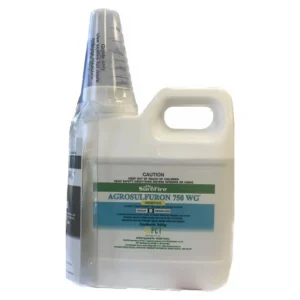
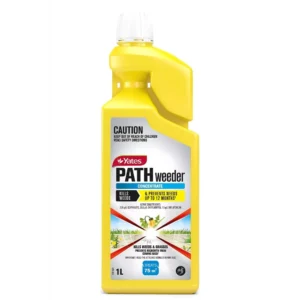

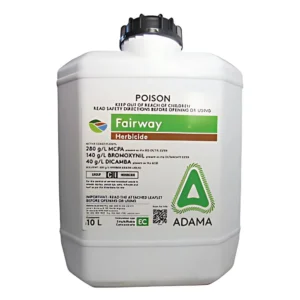
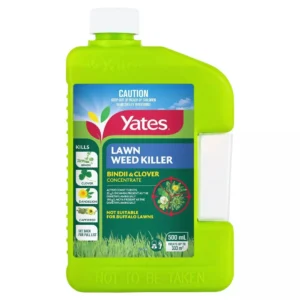
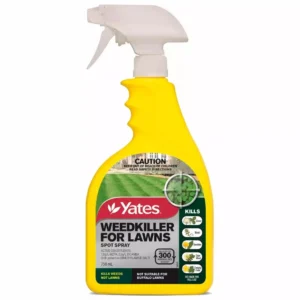
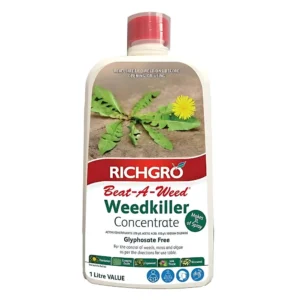
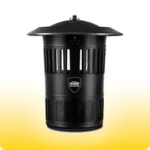 Mosquito Traps
Mosquito Traps